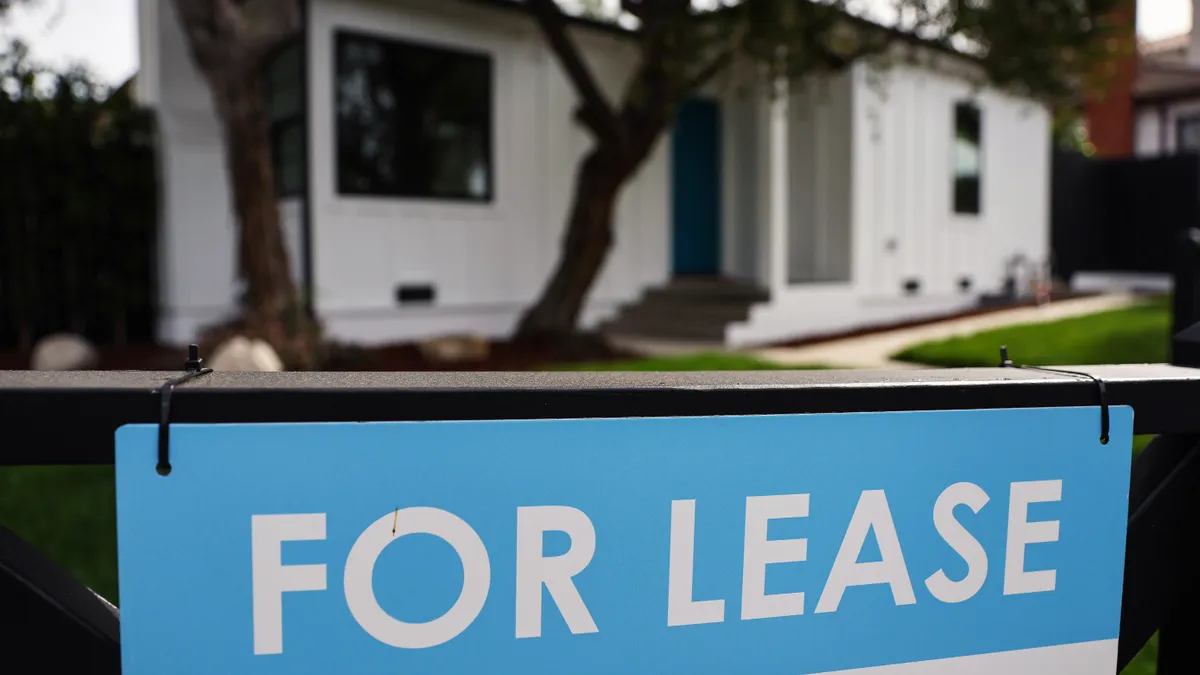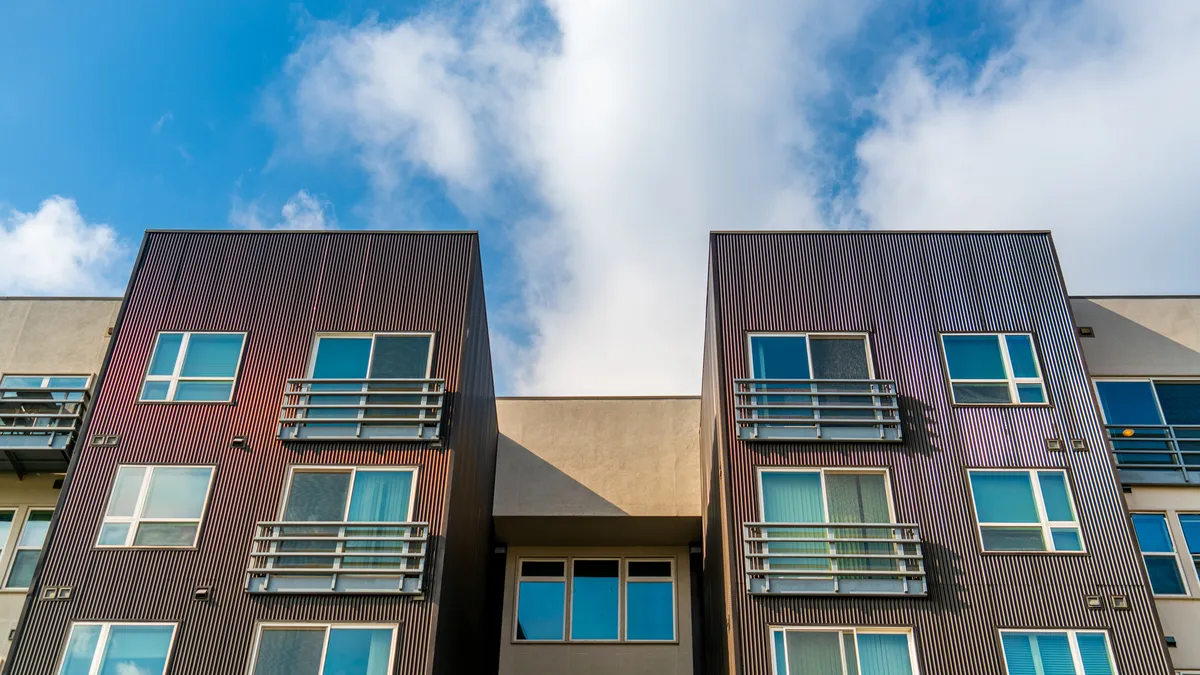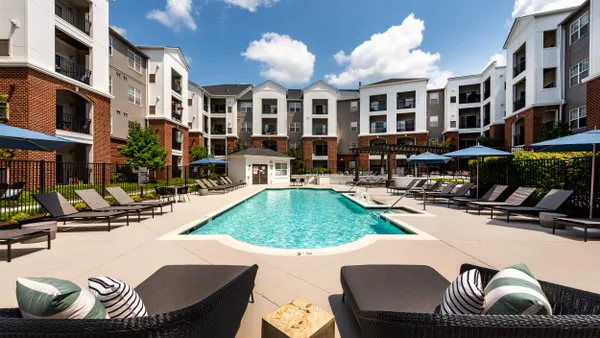Dive Brief:
- Institutions remain laser-focused on the single-family rental sector, growing their portfolios through build-to-rent projects or acquisitions from smaller owners.
- Institutions own 700,000 SFRs — about 5% of the national stock, according to a research paper from MetLife Investment Management cited in a report from Yardi Matrix. By 2030, MetLife estimates that they will possess 40% of all SFRs — roughly 7.6 million homes.
- Not all institutions are created equal, however. Three percent of single-family rentals are owned by institutions that have 1,000 or more units, while another 3% are owned by institutions that hold 10 to 999 units, according to John Burns Real Estate Consulting (JBREC) The firm says 19% of all single-family homes are owned by investors.
Dive Insight:
Over the past year, institutions have invested more than $60 billion in the SFR sector, according to Yardi Matrix. In 2021, they spent $2.5 billion in communities of 50 or more units, according to JBREC. That was well above the annual high of $887 million in 2018.
However, the economy could temper growth. “Rising home and mortgage costs in the second quarter of 2022 increased the cost of capital for institutional buyers, so the segment’s growth is likely to slow and returns will moderate,” according to Yardi Matrix report author Paul Fiorilla.
Investors purchased 24% of all single-family houses sold nationwide last year, according to a Stateline analysis of data provided by CoreLogic. The states with the highest percentage of investor purchases last year were Georgia (33%), Arizona (31%), Nevada (30%), California and Texas (both 29%).
As institutions grab more single-family rentals, the value of these homes has doubled to $4.7 trillion over the past decade, according to JBREC. However, these owners have faced criticism for driving up rents and delaying or even destroying the American Dream for many families.
“The issue is especially acute in some Sun Belt states amid evidence that investors often can outbid other buyers, keeping starter homes out of the hands of would-be owners, especially suburban Black and Hispanic families,” according to Tim Henderson, a staff writer for The Pew Charitable Trusts’ Stateline publication.
John Burns, CEO at JBREC, thinks the conversations around institutional ownership need to be more balanced.
“Our surveys show that the majority of home renters today want to become homeowners at some point, but cannot right now for a variety of reasons that have less to do with the price of the home and more to do with their desire to settle down and stay in one place right now,” he told Multifamily Dive. “Many people relocate, get divorced, etc. and want to rent a home for the time being. They may have kids, a pet and a lot of stuff that won’t live well in an apartment.”
Additionally, Burns said large owners provide a better tenant experience than smaller landlords. “They eliminate the fear of being forced to move if the owner sells the home, and provide far better customer service and maintenance,” he told Multifamily Dive.
Click here to sign up to receive multifamily and apartment news like this article in your inbox every weekday











